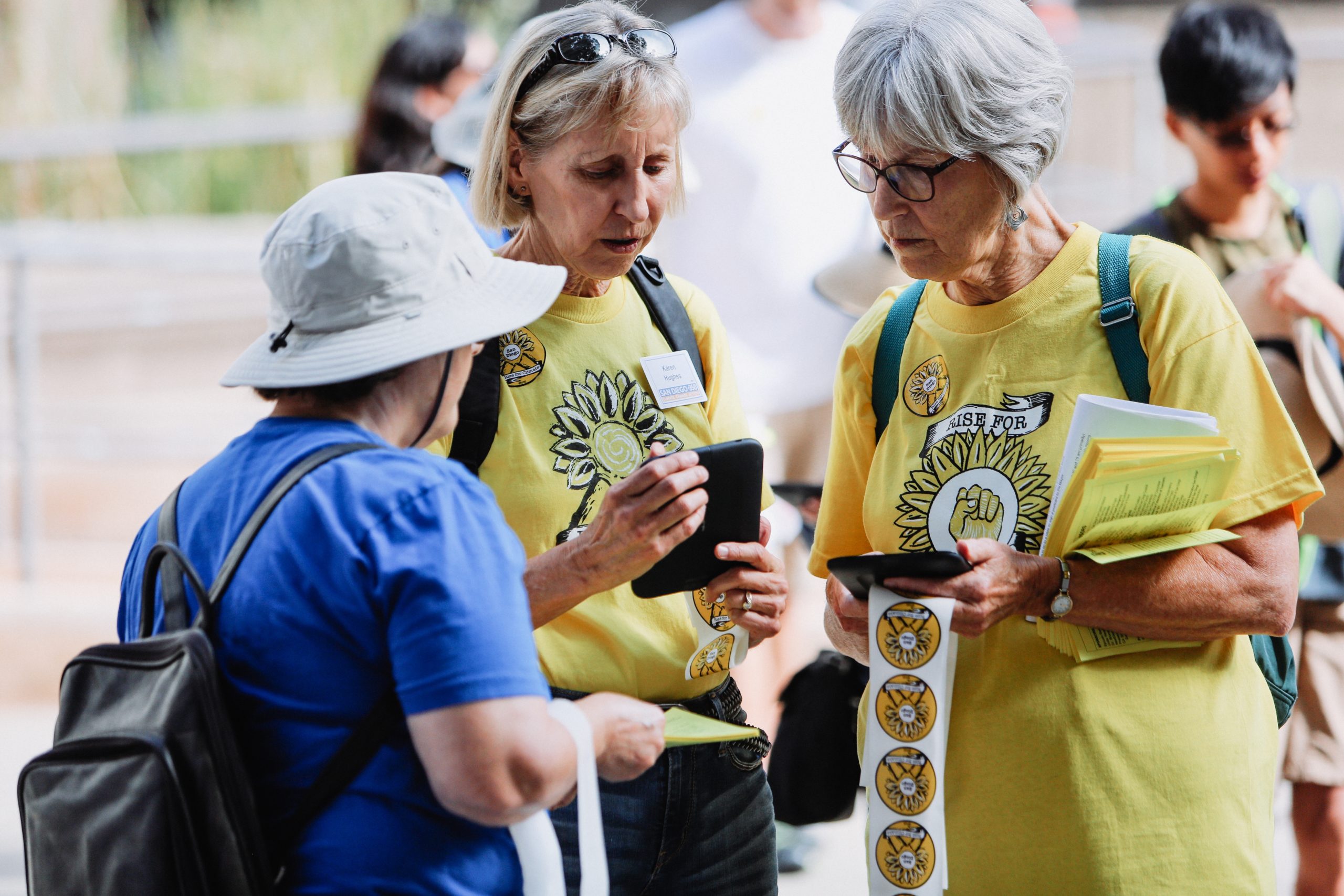In The News February 11, 2021
Poll finds nearly 40 percent of Republicans think political violence is justifiable and could be necessary
In The News February 11, 2021
White evangelicals are more likely to believe in QAnon than any other faith group, poll finds
Survey report February 11, 2021
After the Ballots are Counted: Conspiracies, Political Violence, and American Exceptionalism

The January 2021 American Perspectives Survey looks at post-election sentiments, beliefs in conspiracies, attitudes toward political violence, political segregation, and general feelings toward the United States. Continue Reading →
Having a robust network of friends and family may encourage us to become more active in civic and political life. Continue Reading →
In The News February 4, 2021
How Biden’s Catholic faith is shaping his social equity agenda – and getting pushback from conservatives
Just how strong is Donald Trump’s brand, and what does it mean for the Republican Party going forward? A new online survey of 1,000 people who said they voted for Trump in the 2020 election provides some answers. Continue Reading →









